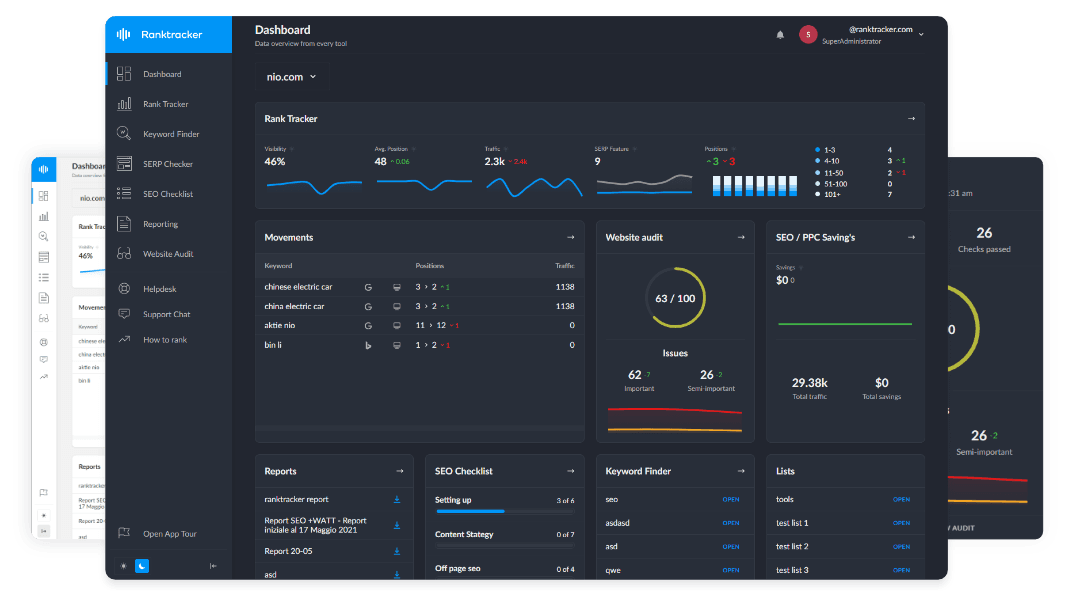Intro
The Root, Seed, and Node model is an approach to structuring URLs in a way that optimizes search engine indexing, user navigation, and content organization. This framework ensures that websites have a logical and scalable architecture.
Why URL Structure Matters for SEO:
- Improves crawlability and indexation efficiency.
- Strengthens internal linking and site hierarchy.
- Enhances user experience with clear navigation paths.
Understanding the Three Layers of URL Structure
1. Root URL (Domain Level)
- The root URL represents the main domain and serves as the foundation of the website’s hierarchy.
- Example:
https://example.com/
- Best Practices:
- Use a short, branded, and memorable domain.
- Prefer HTTPS for security and trustworthiness.
2. Seed URL (Category Level)
- The seed URL represents high-level category pages that organize content logically.
- Example:
https://example.com/seo-guides/
- Best Practices:
- Keep URLs short, keyword-rich, and descriptive.
- Avoid unnecessary parameters or dynamic URLs.
3. Node URL (Content Level)
- The node URL points to specific articles, product pages, or individual resources.
- Example:
https://example.com/seo-guides/on-page-seo-strategies/
- Best Practices:
- Use hyphens instead of underscores for readability.
- Keep URLs concise and relevant to content topics.
How to Optimize URL Structure for SEO
✅ 1. Implement a Logical & Scalable Site Hierarchy
- Use category-based URL structures for clarity.
- Example:
- Good:
https://example.com/digital-marketing/seo-strategies/ - Bad:
https://example.com/index.php?id=123
- Good:
✅ 2. Avoid Stop Words & Unnecessary Parameters
- Shorten URLs without losing meaning.
- Example:
- Good:
https://example.com/best-seo-practices/ - Bad:
https://example.com/the-best-seo-practices-you-should-know/
- Good:
✅ 3. Use Keywords Naturally in URLs
- Ensure URLs reinforce content relevance.
- Example:
- Good:
https://example.com/content-marketing-guide/ - Bad:
https://example.com/article-23498/
- Good:
✅ 4. Keep URLs Consistent & Avoid Unnecessary Changes
- Changing URLs without proper redirects can harm SEO.
- Use 301 redirects when restructuring URL paths.
✅ 5. Implement Canonical Tags for Duplicate Content Management
- Avoid SEO dilution with canonical URLs.
- Example:
<link rel="canonical" href="https://example.com/seo-guide/">
Tools to Optimize URL Structure
- Google Search Console – Analyze URL indexing issues.
- Ranktracker’s Web Audit Tool – Identify URL optimization opportunities.
- Ahrefs & SEMrush – Monitor site structure and internal linking efficiency.
Conclusion: Strengthening SEO with Optimized URL Structures
A well-planned Root, Seed, and Node URL structure improves search rankings, crawl efficiency, and user experience. By structuring URLs logically, maintaining keyword relevance, and avoiding unnecessary complexity, websites can maximize SEO performance and content discoverability.

